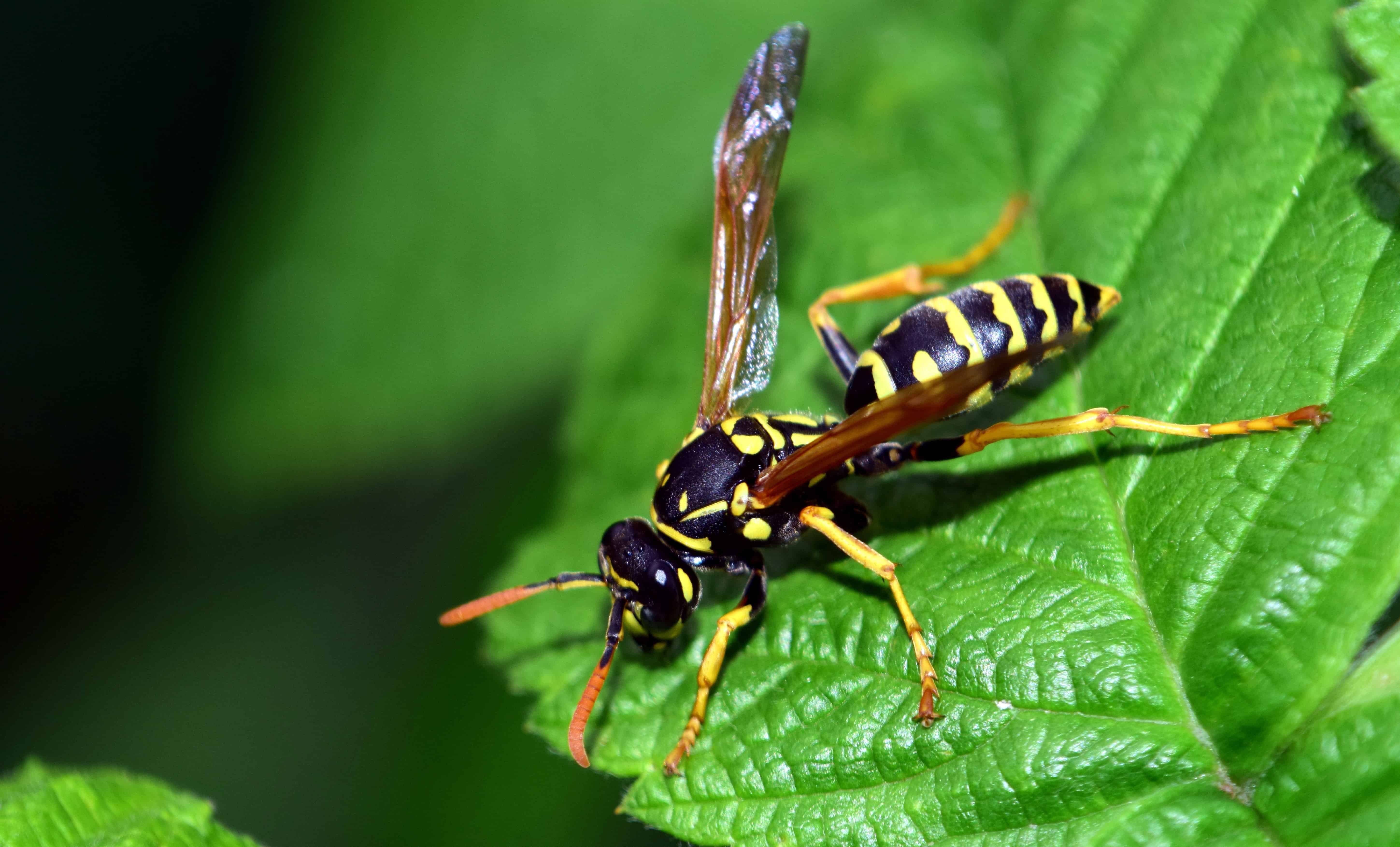The compounds can kill unwanted bacteria but are completely harmless to humans.
Few creatures are as hated as wasps. Although they do provide some environmental services, they’re often parasitic species, they’re nasty, and their sting can pack quite a punch. Unlike bees, their stingers don’t get lodged in the unfortunate victim, but even so, a wasp’s venom can cause great pain and irritation to humans.
Naturally, it’s also excellent at killing bacteria — the problem is that it also kills healthy, clean cells. Now, A team of MIT researchers managed to tweak the wasp venom so that it only kills bacteria, and leaves good cells alone.
“We’ve repurposed a toxic molecule into one that is a viable molecule to treat infections,” says Cesar de la Fuente-Nunez, an MIT postdoc. “By systematically analyzing the structure and function of these peptides, we’ve been able to tune their properties and activity.”
The key lies in a group of compounds called peptides. These are essentially a group of amino acids linked together to form a chain. They carry out important physiological functions, and in many ways, are similar to proteins. However, peptides are much smaller than proteins. They also tend to be less well defined in structure and scope than proteins.
Peptides in the wasps’ venom kill microbes by destroying their cell membranes — this happens because the peptides have a helix-type structure, with a right-hand spiral spin (which is known to strongly interact with cell membranes). The researchers isolated a venom peptide from a wasp called Polybia paulista, whose habitat ranges over several South American countries.
The peptide is small, containing only 12 amino acids, which allows researchers to experiment with it more easily.
“It’s a small enough peptide that you can try to mutate as many amino acid residues as possible to try to figure out how each building block is contributing to antimicrobial activity and toxicity,” de la Fuente-Nunez says.
They tweaked a few dozen versions, measuring how each alteration affected the peptide’s properties, and then tested them against seven strains of bacteria and two of fungus, further correlating their structure and physiochemical properties (such as hydrophobicity and helicity) with their antimicrobial potency. After these observations, they designed several other versions, identifying the optimal percentages and structures of different amino acids so that they harm bacteria while leaving healthy tissue intact. Then, to test if the resulting peptides really were harmless, they tested their toxicity on human embryonic kidney cells grown in a lab dish.
The cells were infected with Pseudomonas aeruginosa — a common source of respiratory and urinary tract infections. They found that one peptide could completely clear the infection, eliminating it after only a few days.
“After four days, that compound can completely clear the infection, and that was quite surprising and exciting because we don’t typically see that with other experimental antimicrobials or other antibiotics that we’ve tested in the past with this particular mouse model,” de la Fuente-Nunez says.
In addition, researchers say a similar technique could be used in a wide array of situations.
“I do think some of the principles that we’ve learned here can be applicable to other similar peptides that are derived from nature,” he says. “Things like helicity and hydrophobicity are very important for a lot of these molecules, and some of the rules that we’ve learned here can definitely be extrapolated.”
This is not the first time peptides have been used to kill pathogens. The technique is particularly promising considering the worrying emergence of drug-resistant bacteria. Not only could this technology work as a new class of antibiotics, but it could also render pathogens incapable to adapt to it since adaptation processes usually take place at the cellular walls, and these peptides actually destroy the wall.
Due to their small size, peptides from wasp and scorpion venom are also being investigated as tools to ferry drugs to the brain, through the blood-brain barrier.
The paper was published in Nature Communications Biology.











